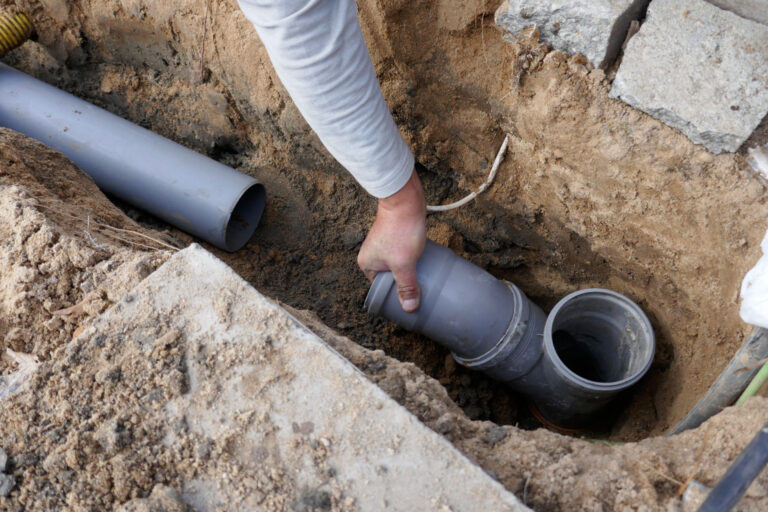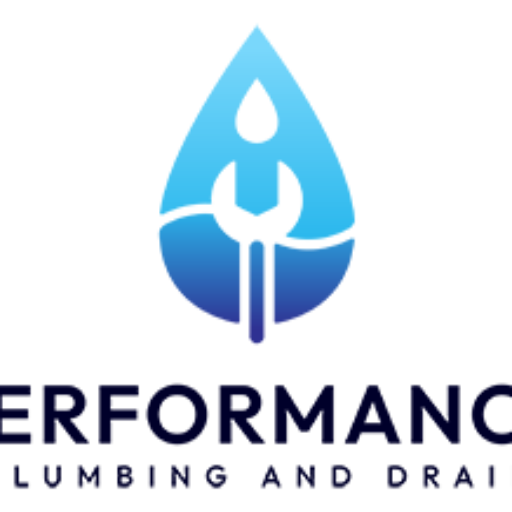But rest assured! This guide will equip you with the knowledge needed to prevent your toilet from overflowing. By following our step-by-step instructions, you’ll regain control of the situation swiftly.
And remember, if you ever feel overwhelmed, the skilled technicians at Performance Plumbing in Gallatin County, MT, are just a phone call away. Our technicians are well-prepared to deliver professional and dependable plumbing services.
Now, let’s dive into these essential steps:
5 TIPS AND TRICKS TO AVOID TOILET OVERFLOWS
Are you tired of returning home to a soaked bathroom floor? Have temporary solutions to your plumbing problems left you frustrated?
If you answered “yes” to either of these questions, it’s time to implement the following tips to prevent toilet overflows:
1. Turn Off the Water Supply
The first and crucial step in preventing a toilet overflow is to shut off the water supply. Locate the valve, typically positioned on the lower left side of the toilet, and turn it clockwise until the water stops. This action prevents additional water from entering the bowl.
2. Utilize a Plunger
A plunger can be a lifesaver for anyone looking to learn how to stop a clogged toilet from overflowing. Place the plunger over the toilet’s drain hole, exert gentle downward pressure, and then pull up sharply. The resulting suction can dislodge the clog responsible for the overflow.
Keep in mind that it may take a bit of trial and error!
3. Try a Toilet Auger
A toilet auger, also known as a snake, might become your trusted ally when dealing with an overflowing toilet caused by a clog. Insert the auger’s end into the drain and turn the handle clockwise. The auger will either break up or retrieve the clog, allowing water to flow freely.
4. Avoid Excessive Flushing
You might think that flushing repeatedly will resolve the issue, but it can exacerbate the situation. Instead, wait for some time between each flush to allow the water level to decrease.
5. Regular Maintenance
Regular maintenance can prevent toilet overflows before they even occur. For instance, avoid flushing items like wet wipes, cotton balls, or feminine products, as they can lead to clogs. Additionally, routine professional inspections can detect potential issues early on.
WHY DO TOILETS OVERFLOW? — 5 POTENTIAL CAUSES
Toilet overflows can be triggered by various factors, often turning an ordinary day into a plumbing nightmare. However, gaining a deeper understanding of these causes can help prevent such occurrences:
1. Clogged Pipes
The most common culprit behind a toilet overflow is pipe blockage. This can occur when unsuitable items, such as wet wipes or tampons, are flushed down the toilet. For example, a family member might accidentally drop a toy into the toilet bowl and flush it, causing an obstruction in the pipes and resulting in an overflow.
2. Blocked Vent Pipe
The vent pipe, also referred to as the plumbing vent, allows air into the plumbing system to equalize pressure. If this vent becomes blocked – perhaps by a bird’s nest or debris – it can disrupt water and waste flow, leading to a toilet overflow. Think of it as a sealed straw; you can’t draw liquid up through it. The plumbing vent functions similarly.
3. Faulty Fill Valve
The toilet’s fill valve is responsible for regulating the water level in the tank. A defective or malfunctioning fill valve can cause the tank to overfill, resulting in an overflow. For instance, if the fill valve is set too high, the tank’s water level may exceed the overflow tube’s height.
4. Sewer Line Problems
Issues within the sewer line, such as blockages or tree root intrusion, can also lead to toilet overflows. If you’re experiencing frequent overflows and have ruled out other common causes, it may be worth examining the condition of your sewer line.
5. Low-Flow Toilets
While low-flow toilets are designed to conserve water, they can sometimes struggle with clogs due to lower water volume and pressure. Imagine flushing an apple down a regular toilet versus a low-flow one; the latter may struggle due to reduced water volume and pressure.
ISSUES CAUSED BY OVERFLOWING TOILETS
Knowing how to prevent toilet overflows is only part of the solution; homeowners should also be aware of the various risks associated with overflowing toilets, including:
1. Health Risks
Water overflowing from toilets can contain harmful pathogens and bacteria like E. coli, which can cause severe illness if not handled properly. Ingesting E. coli bacteria can result in vomiting and diarrhea.
2. Property Damage
A toilet overflow can inflict damage on your home, especially if it remains unaddressed. If the water permeates through the floor, it can damage the flooring or even the underlying structure, necessitating costly repairs.
3. Electrical Risks
Overflowing water from a toilet can come into contact with electrical outlets or appliances, leading to the risk of electrocution. In cases where a bathroom features a floor-mounted electrical outlet, an overflowing toilet can bring water into proximity with the outlet, creating a potentially hazardous situation.
4. Environmental Risks
Discharging wastewater from your home into the local environment instead of the sewage system can contaminate local water sources. This pollution can harm wildlife and spread disease.
HOW TO PREVENT A TOILET FROM OVERFLOWING: 5 EASY STEPS — CONCLUSION
In conclusion, managing an overflowing toilet doesn’t have to be a nightmare. With knowledge and the right tools, you can promptly address such situations.
Remember, turning off the water supply, using a plunger or toilet auger, avoiding excessive flushing, and performing regular maintenance are all effective ways to prevent toilet overflows. It’s crucial to remain vigilant regarding potential causes, such as clogged pipes, blocked vent pipes, faulty fill valves, sewer line problems, and the unique characteristics of low-flow toilets.
However, if the issue persists or becomes overwhelming, don’t hesitate to seek assistance. The experts at Performance Plumbing are always ready to provide professional and reliable plumbing services. Contact us today for any toilet-related issues and grant yourself the peace of mind you deserve.


